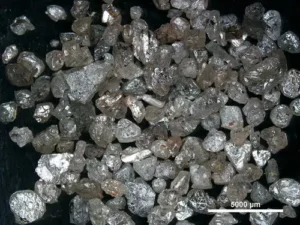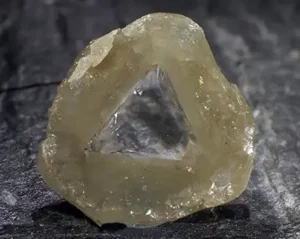
Superdeep Diamonds Provide Evidence for a Melting Barrier to Deep Carbon Subduction
In a recent letter published in Nature, researchers propose that most carbon goes no deeper than about 300 to 500 kilometers, at which point a carbon barrier limits carbon recycling into the deeper mantle. Carbon was cycled from Earth’s surface



